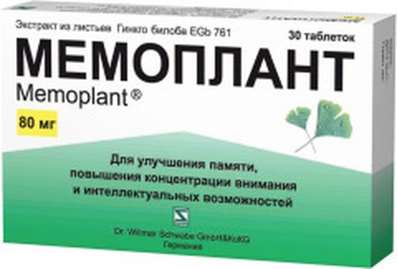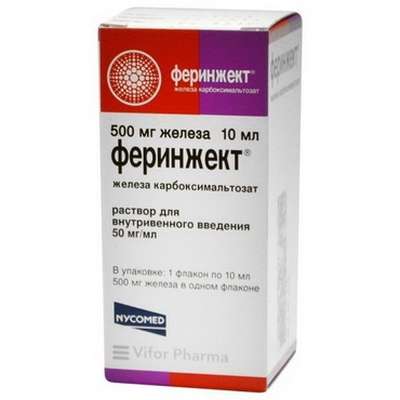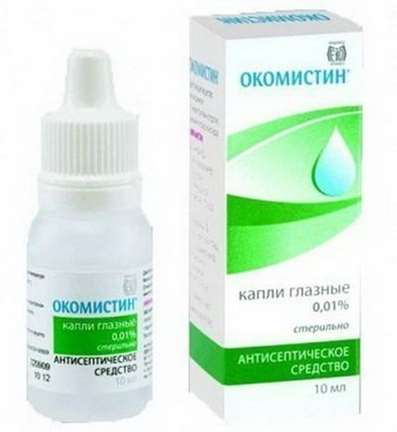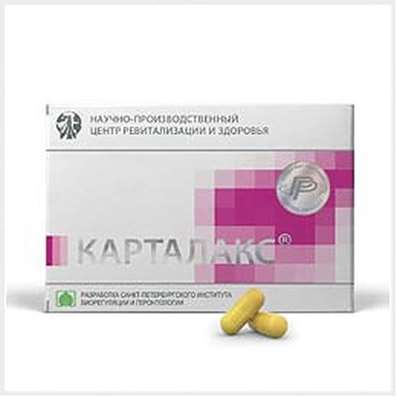Instruction for use: Sumamigren
I want this, give me price
Dosage form: Film-Coated tablets
Active substance: Sumatriptan*
ATX
N02CC01 sumatriptan
Pharmacological group:
Serotonergic agents
The nosological classification (ICD-10)
G43 Migraine: The pain of migraine; Migraine; hemiplegic migraine; Migraine headache; A migraine attack; Continuous headache; hemicranias
Composition and release form
Tablets, coated with a coating.
Sumatriptan succinate 70 mg
(Corresponding to 50 mg of sumatriptan)
Auxiliary substances: lactose; MCC; Sodium croscarmellose; Magnesium stearate; talc; Silica colloidal anhydrous dioxide
Membrane: hypromellose; Macrogol 6000; talc; Titanium dioxide; Triethyl citrate; Varnish cochineal red E124
In a contour blister packing 2 or 6 pcs .; In a pack of cardboard 1 package.
Tablets, coated with a coating.
Sumatriptan succinate 140 mg
(Corresponding to 100 mg of sumatriptan)
Auxiliary substances: lactose; MCC; Sodium croscarmellose; Magnesium stearate; talc; Silica colloidal anhydrous dioxide
Membrane: hypromellose; Macrogol 6000; talc; Titanium dioxide; Triethyl citrate; Varnish orange-yellow ┼110
In a contour acheikova packing 2 or 6 pcs .; In a pack of cardboard 1 package.
Description of dosage form
The tablets covered with a covering, round, biconcave, with slightly rough surface, pink (50 mg) and orange color (100 mg).
Pharmachologic effect
Mode of action - antimigrenous, serotonergic.
Pharmacodynamics
Sumatriptan is a specific selective agonist of vascular 5-hydroxytryptamine-1 receptors (5HT1D), does not affect other subtypes of 5HT-serotonin receptors (5HT2-5HT7). Receptors 5HT1D are located mainly in the blood vessels of the brain, and their stimulation leads to narrowing of these vessels. Reduces the sensitivity of the trigeminal nerve. Both of these effects can underlie the anti-migraine effect of sumatriptan. The clinical effect is usually seen 30 minutes after ingestion.
Pharmacokinetics
After intake, sumatriptan is rapidly absorbed, 70% of Cmax is reached after 45 minutes. After taking 100 mg Cmax in blood plasma averages 54 ng / ml. Bioavailability is 14% due to intensive pre-systemic metabolism and incomplete absorption. Binding to plasma proteins is small (14-21%). Sumatriptan is metabolized by MAO A. The main metabolite, the indoleacetic analogue of sumatriptan, is excreted predominantly in the urine, in the form of free acid and a glucuronide conjugate. This metabolite has no activity with respect to 5HT1- and 5HT2-serotonin receptors. Migraine attacks do not seem to have a significant effect on the pharmacokinetics of sumatriptan taken internally.
Indications of the Sumamigren
Coping migraine attacks with or without an aura.
Contraindications
Hypersensitivity to any component of the drug;
Hemiplegic, basilar and ophthalmoplegic form of migraine;
IHD (including myocardial infarction, postinfarction cardiosclerosis, Prinzmetal angina), as well as the presence of symptoms suggesting the presence of IHD;
Occlusal diseases of peripheral vessels;
Stroke or transient ischemic attack (including in the anamnesis);
Uncontrolled arterial hypertension;
Simultaneous administration with ergotamine or its derivatives (including metisergide);
Application on the background of taking MAO inhibitors or earlier than 2 weeks after their withdrawal;
Severe impairment of liver and / or kidney function;
Age under 18 years old and over 65 years of age (safety and efficacy not established);
pregnancy;
Lactation period.
Carefully:
Controlled arterial hypertension;
Diseases in which the absorption, metabolism or excretion of the drug can change (eg, impaired renal or hepatic function);
Epilepsy and any conditions with a decrease in the threshold of convulsive readiness;
Patients with hypersensitivity to sulfanilamides (administration of sumatriptan can cause allergic reactions, the severity of which varies from skin manifestations to anaphylaxis.) Data on cross-sensitivity are limited, but caution should be exercised when assigning sumatriptan to such patients).
Application in pregnancy and breastfeeding
Contraindicated in pregnancy. At the time of treatment should stop breastfeeding.
Side effects
General: pain, sensation of heat or tingling, a feeling of constriction or severity. These symptoms are usually transient, but can be intense and occur in any part of the body, including the chest and throat.
Tides, dizziness, a feeling of weakness, a feeling of fatigue, drowsiness is usually weak or moderate and is of a transient nature.
From the cardiovascular system: a decrease in blood pressure, bradycardia, tachycardia, a transient increase in blood pressure (observed soon after taking sumatriptan). Rarely - violations of the heart rate, transient ECG changes in the ischemic type, myocardial infarction, spasm of the coronary arteries. Sometimes Raynaud's syndrome develops.
From the gastrointestinal tract: nausea, vomiting, ischemic colitis (but the connection of these side effects with sumatriptan is not established); Dysphagia, a feeling of discomfort in the abdomen.
From the side of the central nervous system and sensory organs: dizziness, rarely - convulsive attacks (in a number of cases they were observed in patients with seizures in the anamnesis or in conditions predisposing to the occurrence of seizures, in some patients predisposing factors were not found). Sometimes after taking sumatriptan, there is diplopia, flashing before the eyes, nystagmus, scotoma, visual acuity reduction. Very rarely develops a partial transient loss of vision. However, it should be borne in mind that visual impairment can be associated with the very seizure of a migraine.
Hypersensitivity reactions: vary from skin manifestations (rash, hives, itching, erythema) to rare cases of anaphylaxis.
On the part of laboratory indicators: minor changes in hepatic transaminase activity.
Interaction
No interaction of sumatriptan with propranolol, flunarisin, pisotifen and ethyl alcohol was noted.
With simultaneous administration with ergotamine, a prolonged vasospasm was noted. Sumatriptan can be prescribed no earlier than 24 hours after taking medications containing ergotamine; And vice versa, preparations containing ergotamine can be prescribed no earlier than 6 hours after taking sumatriptan.
Possible interaction between sumatriptan and MAO inhibitors, as well as sumatriptan and drugs from the SSRI group. There are separate reports on the development of weakness, hyperreflexia, and coordination disorders in patients after taking sumatriptan and drugs from the SSRI group. In the case of simultaneous administration of sumatriptan and SSRIs, the patient's condition should be carefully monitored.
Dosing and Administration
Inside, swallowing the tablet whole and washing down with water. The recommended dose is 1 table. (50 mg each). Some patients may require a higher dose of 100 mg. If migraine symptoms do not disappear and do not decrease after taking the first dose, then to stop the same attack, do not take the drug again. However, the drug can be used to stop subsequent migraine attacks.
If the patient feels better after the first dose and then the symptoms resume, you can take a second dose within the next 24 hours. The maximum dose of sumatriptan should not exceed 300 mg within a 24-hour period.
Overdose
Admission sumatriptana inside at a dose of more than 400 mg did not cause any side effects, in addition to those listed above.
Treatment: In case of overdose, patients should be monitored for at least 10 hours and, if necessary, symptomatic therapy should be performed. There is no data on the effect of hemodialysis or peritoneal dialysis on the concentration of sumatriptan in plasma.
Special instructions
Sumatriptan should be prescribed only if the diagnosis of migraine is undoubted, and it should be used as soon as possible after the onset of a migraine attack, although it is equally effective when used at any stage of an attack. Cannot be used for preventive purposes.
As with the use of other anti-migraine agents, when prescribing sumatriptan in patients with previously undiagnosed migraine or in patients with atypical migraine, other potentially serious neurologic conditions should be excluded. It should be noted that patients with migraine are at increased risk of developing certain cerebrovascular complications (stroke or transient cerebral circulation disorders). Sumatriptan should not be prescribed to patients with suspected heart disease without a prior examination to exclude cardiovascular disease. Such patients include women in the postmenopausal period, men over the age of 40 and patients with risk factors for the development of IHD. Although the examination does not always allow the identification of heart disease in some patients, in very rare cases they develop side effects from the cardiovascular system. After taking sumatriptan, transient intense pain and constriction in the chest, which can spread to the neck, may occur. If there is reason to believe that these symptoms are a manifestation of CHD, it is necessary to conduct an appropriate diagnostic examination. Do not exceed the recommended dose of sumatriptan.
In patients with migraine, there may be drowsiness associated with both the disease itself and with the use of sumatriptan, so they should be especially careful when driving and working with moving mechanisms.
Storage conditions of the drug Sumamigren
In a dry, the dark place at a temperature below 25 ░ C.
Keep out of the reach of children.
Shelf life of the drug Sumamigren
3 years.
Do not use after the expiry date printed on the package.

 Cart
Cart





